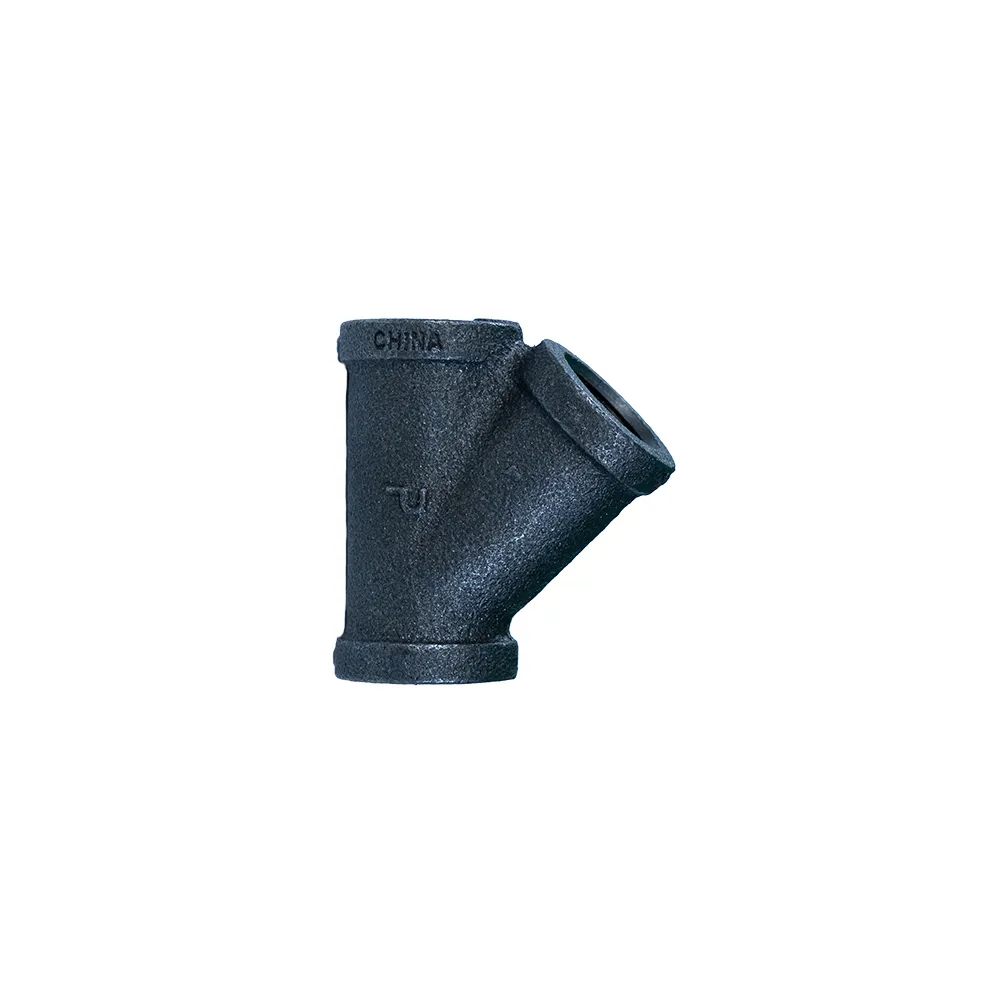The world of plumbing and piping relies heavily on the effective and efficient redistribution of various fluids and gases. One essential component that facilitates this process is the concentric reducer coupling. Although this may seem like a simple device, its importance cannot be overstated due to its role in maintaining flow efficiency and system integrity. Here’s an insightful exploration of concentric reducer couplings that underscores their utility and significance in modern applications, perfectly attuned for both seasoned professionals and newcomers eager to understand more about high-fidelity piping solutions.

At its core, a concentric reducer coupling is a type of fitting used in pipe systems to connect pipes of different diameters. Its design is straightforward the coupling is cone-shaped with a central axis, allowing for a seamless transition between different sizes of pipes while maintaining an even flow configuration. This simplicity belies the critical functions these couplings perform, such as minimizing turbulence, reducing fluid handling noise, and preventing the formation of air pockets that could disrupt the system's efficiency.
Professionals familiar with fluid dynamics understand that maintaining a consistent flow rate is essential for efficiency and longevity in piping systems. Concentric reducer couplings are designed to facilitate this by aligning the centerlines of the connecting pipes, which ensures a smooth transition that minimizes flow disturbances. This attribute is particularly beneficial in applications requiring precise flow measurement and control, where even minor disruptions can lead to significant errors or inefficiencies.

In terms of material considerations, concentric reducer couplings are available in a breadth of options, including stainless steel, carbon steel, and various alloys. This diversity ensures compatibility across different industries and applications, ranging from oil and gas to food processing and pharmaceuticals. Each material variant is selected based on specific considerations such as operating temperature, pressure conditions, and the chemical nature of the fluids involved, reaffirming the coupling's adaptability and robustness in challenging environments.
Moreover, the aesthetic and structural design of reducer couplings plays a significant role in maintaining system integrity. For instance, the concentric design—being symmetrical along the central axis—provides superior structural strength compared to its eccentric counterparts.
This is crucial in high-pressure environments where asymmetrical forces could cause wearing or damage over time. Their balanced build aids not only in performance but also in longevity, reducing maintenance needs and operational downtimes.
concentric reducer coupling
The implementation of concentric reducer couplings extends to several real-world applications. In the petrochemical industry, these couplings are indispensable for transporting crude oil and natural gas, as they cater to both high-pressure requirements and corrosive material environments. Similarly, in the HVAC industry, concentric reducers efficiently handle varying flow rates of air and water, ensuring systems operate under optimal conditions without significant loss of efficiency or increase in maintenance costs.
Innovation in the production and deployment of concentric reducer couplings has also been significant. With advances in computer-aided design and manufacturing technologies, couplings are now produced with tighter tolerances and improved customization capabilities. This precision engineering translates into better quality control, reducing the risks of mismatches or installing components that could compromise a system's efficacy.
Trustworthiness and authoritativeness are critical in a field where safety and efficiency are paramount. Compliance with international standards such as ASME (American Society of Mechanical Engineers) and ISO (International Organization for Standardization) is a hallmark of reputable coupling products and manufacturers. Such compliance assures clients and industries that these components meet stringent quality and safety benchmarks, offering peace of mind that they perform reliably under challenging conditions.
Finally, the true experience of using concentric reducer couplings manifests in the seamless performance of piping systems. Users consistently report the reduced need for adjustments and modifications post-installation, attributing this to the precise engineering and quality materials employed in these couplings. The combination of expertise and reliability embodied in each coupling reflects the industry's commitment to excellence, setting a standard for future innovations in the field.
In conclusion, concentric reducer couplings are vital components that enhance the fluid dynamics within various piping systems. Their ability to provide a seamless transition between pipes of differing diameters, combined with material versatility and structural integrity, makes them indispensable across numerous sectors. As industries continue to evolve and face new challenges, these couplings are sure to remain at the forefront of effective fluid management solutions.
Post time:
Feb-10-2025











